Stageworks: Design Your Dream Stage
Conceptualizing Your Vision: From Idea to Blueprint
Designing a stage is more than just choosing colors and fabrics. It’s about translating a director’s vision, a playwright’s narrative, and the overall production’s aesthetic into a tangible, functional space. This process requires careful consideration of multiple elements, from the stage’s physical dimensions and technical capabilities to the audience experience and the overall mood. This article will guide you through the essential steps of designing your dream stage, regardless of your production’s scale or genre.
Understanding the Performance Space: Size, Shape, and Limitations
Before even thinking about set pieces or lighting, you need a firm grasp of your performance space. What are its dimensions? Is it a proscenium stage, thrust stage, arena stage, or something else entirely? Understanding the stage’s physical limitations – including height restrictions, weight capacity, and access points – is crucial for avoiding costly mistakes and ensuring safety. Detailed measurements and architectural plans are essential tools at this stage. Consider factors like audience seating capacity and sightlines to optimize the viewing experience.
The Power of Set Design: Creating Atmosphere and Functionality
Set design is the backbone of your stage’s visual identity. It creates atmosphere, supports the narrative, and guides the audience’s eye. Consider the style of your production – is it realistic, abstract, minimalist, or maximalist? The choice of materials, colors, and textures will significantly influence the overall mood. Think about the functionality of your set: are there entrances and exits to be considered? Does the set need to facilitate scene changes efficiently? Sketches and digital renderings can help visualize your ideas and refine your design before construction begins.
Illuminating the Performance: The Art of Stage Lighting
Lighting is more than just illumination; it’s a powerful storytelling tool. Different lighting techniques can create mood, highlight key moments, and direct the audience’s attention. Consider the types of lighting fixtures you’ll need, their placement, and their color temperature. Will you be using spotlights, wash lights, or a combination of both? Working closely with a lighting designer can help you achieve the desired visual impact and ensure that your lighting design complements the overall aesthetic of your production.
Sound Design: Enhancing the Immersive Experience
Sound is an often-overlooked yet crucial element of stage design. It can enhance the atmosphere, emphasize key moments, and even contribute to the narrative. Consider the placement of speakers, the type of sound system, and the overall acoustics of your performance space. A well-designed sound system will ensure clear and balanced audio, creating an immersive experience for your audience.
Budgeting and Resource Management: Practical Considerations
Designing your dream stage is a creative process, but it also involves careful planning and resource management. Developing a realistic budget is essential to ensure that your vision can be realized within your financial constraints. This requires considering the costs of materials, labor, equipment rentals, and other expenses. Effective resource management involves carefully selecting materials, prioritizing essential elements, and finding cost-effective solutions without compromising the quality of your design.
Collaboration is Key: Teamwork Makes the Dream Work
Successful stage design is a collaborative effort. Effective communication and collaboration with the director, actors, lighting designer, sound designer, and technical crew are crucial for bringing your vision to life. Regular meetings, detailed design documents, and a shared understanding of the production’s goals will ensure a smooth and productive design process.
From Concept to Reality: The Construction and Implementation Phase
Once your design is finalized, the construction and implementation phase begins. This involves sourcing materials, building the set, installing lighting and sound equipment, and conducting technical rehearsals. Careful planning and coordination are essential to ensure that everything runs smoothly and stays on schedule. Regular progress checks and adjustments can help address any unforeseen issues and ensure that the final product meets your expectations.
Conclusion: Embracing the Creative Process
Designing a stage is a journey of creativity, innovation, and collaboration. By carefully considering each stage of the process, from conceptualization to implementation, you can create a performance space that is both aesthetically stunning and functionally effective. Embrace the creative process, and remember that the most successful designs often emerge from a blend of vision, practicality, and teamwork.


